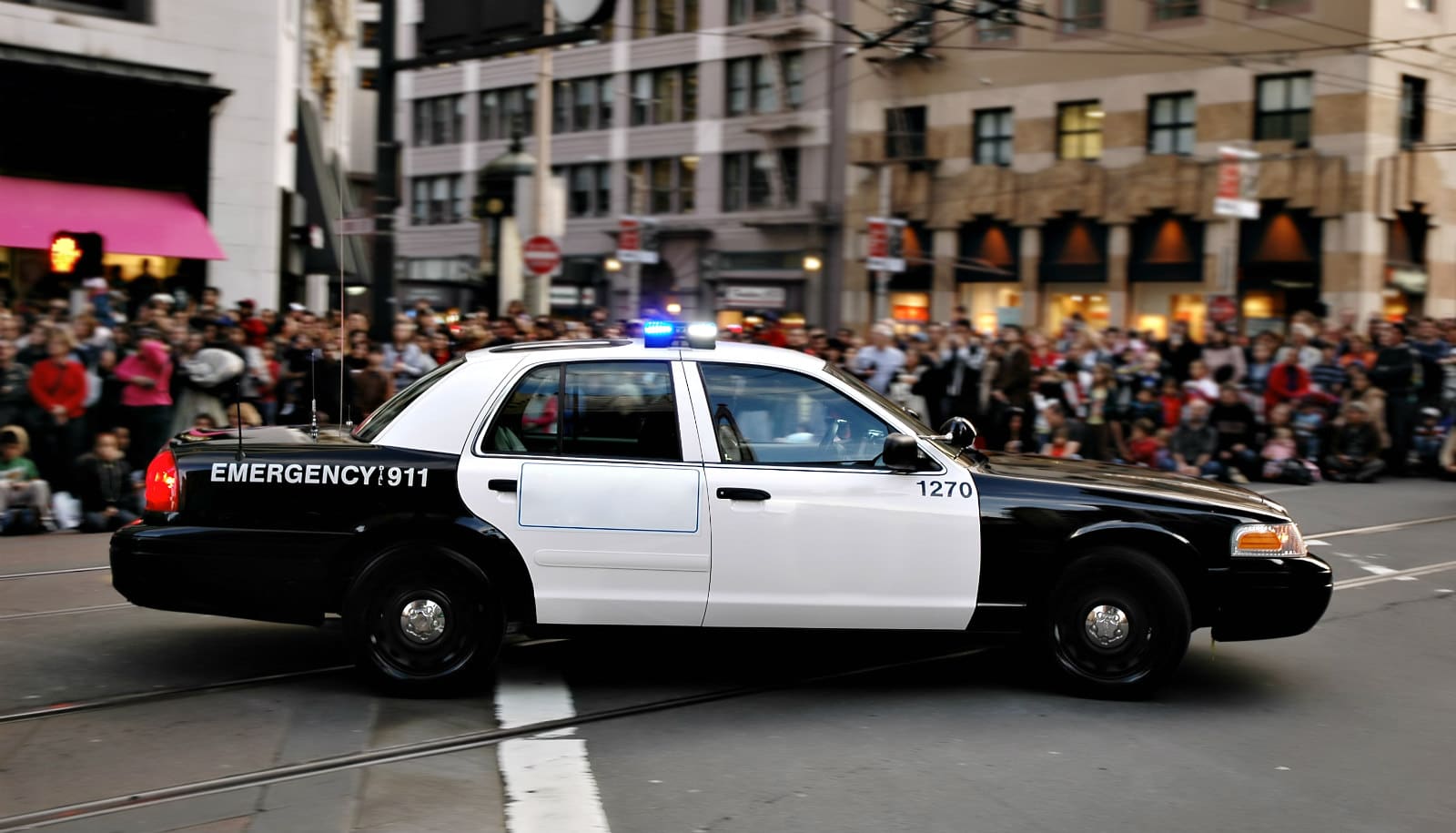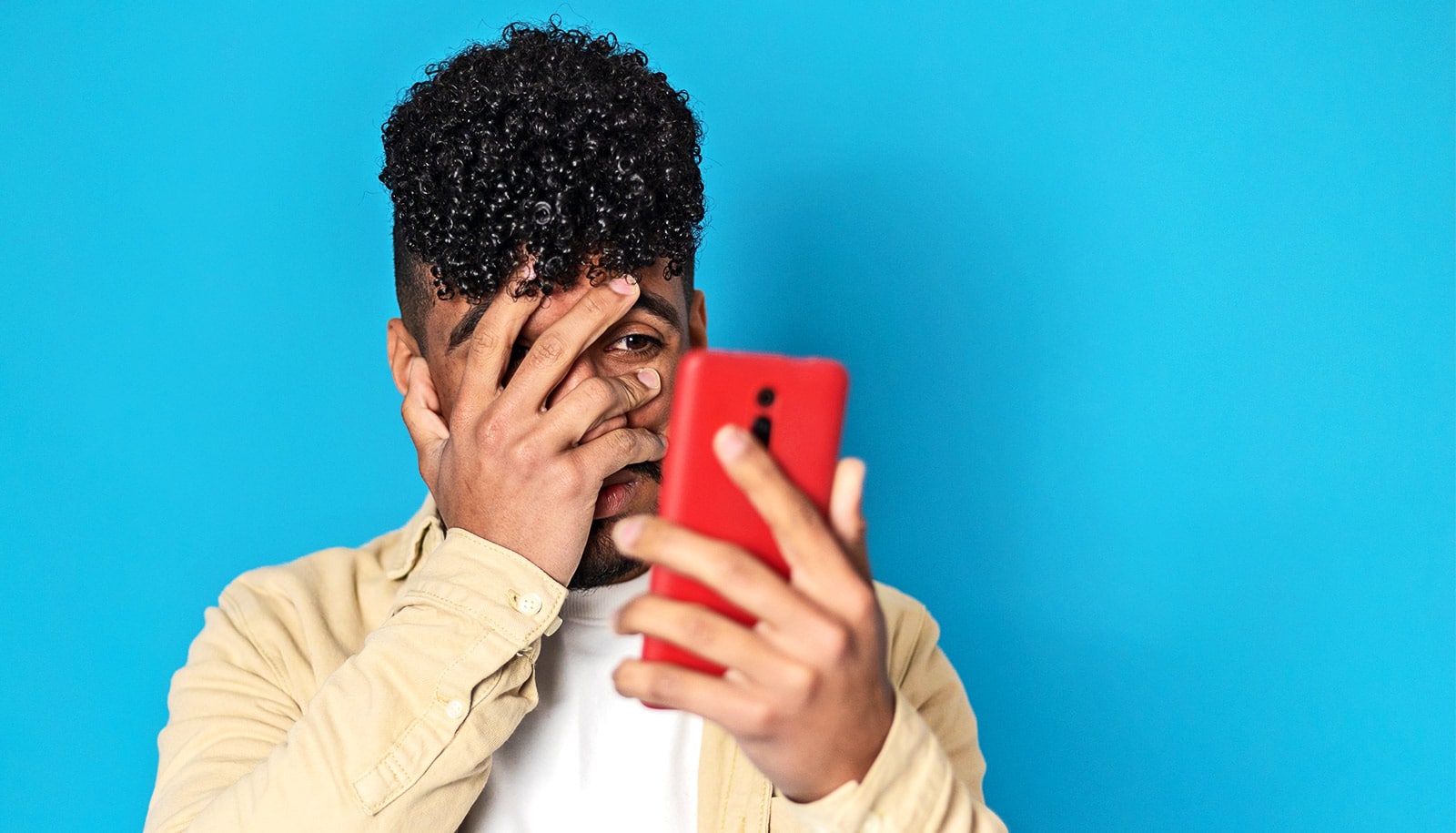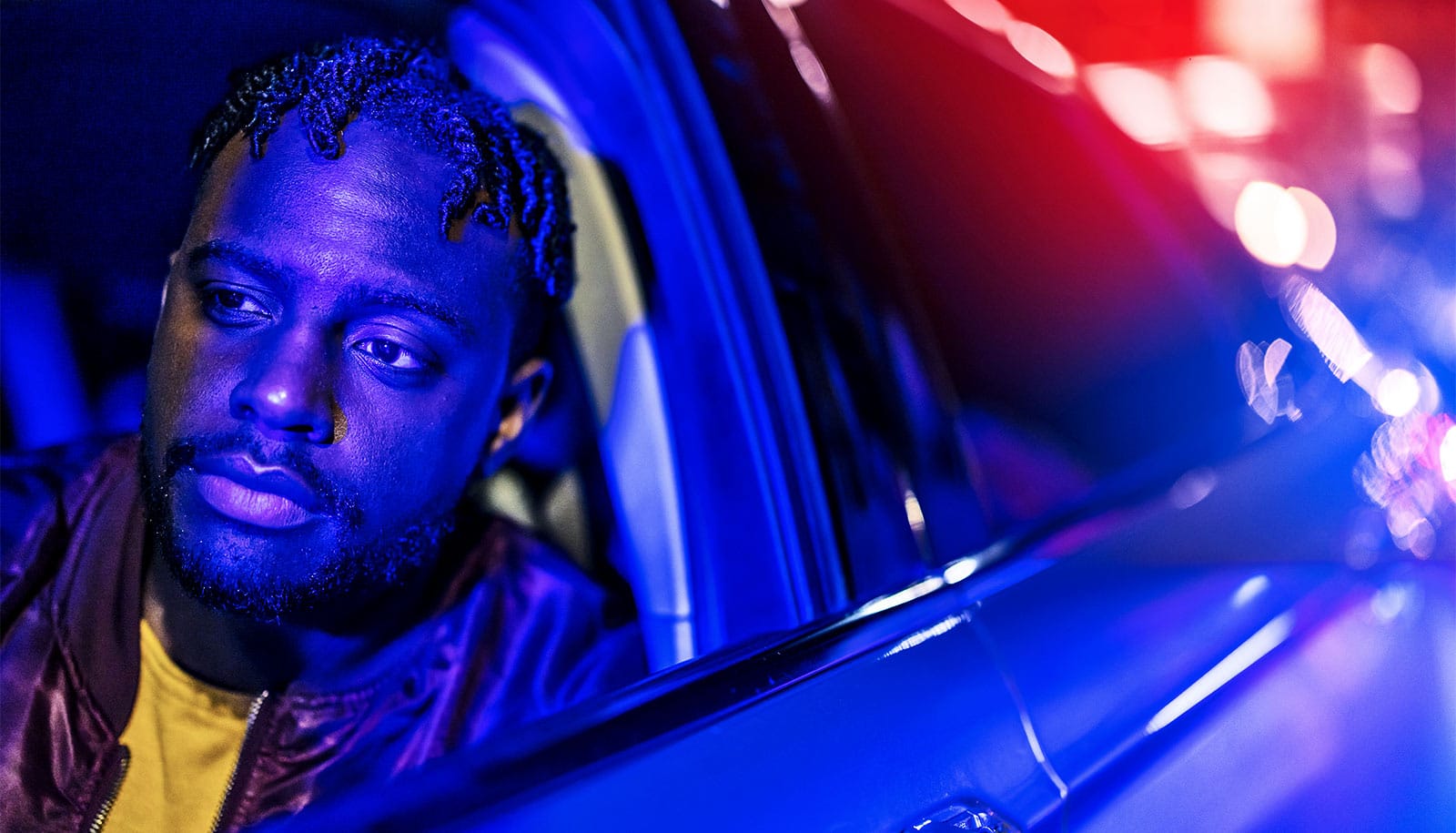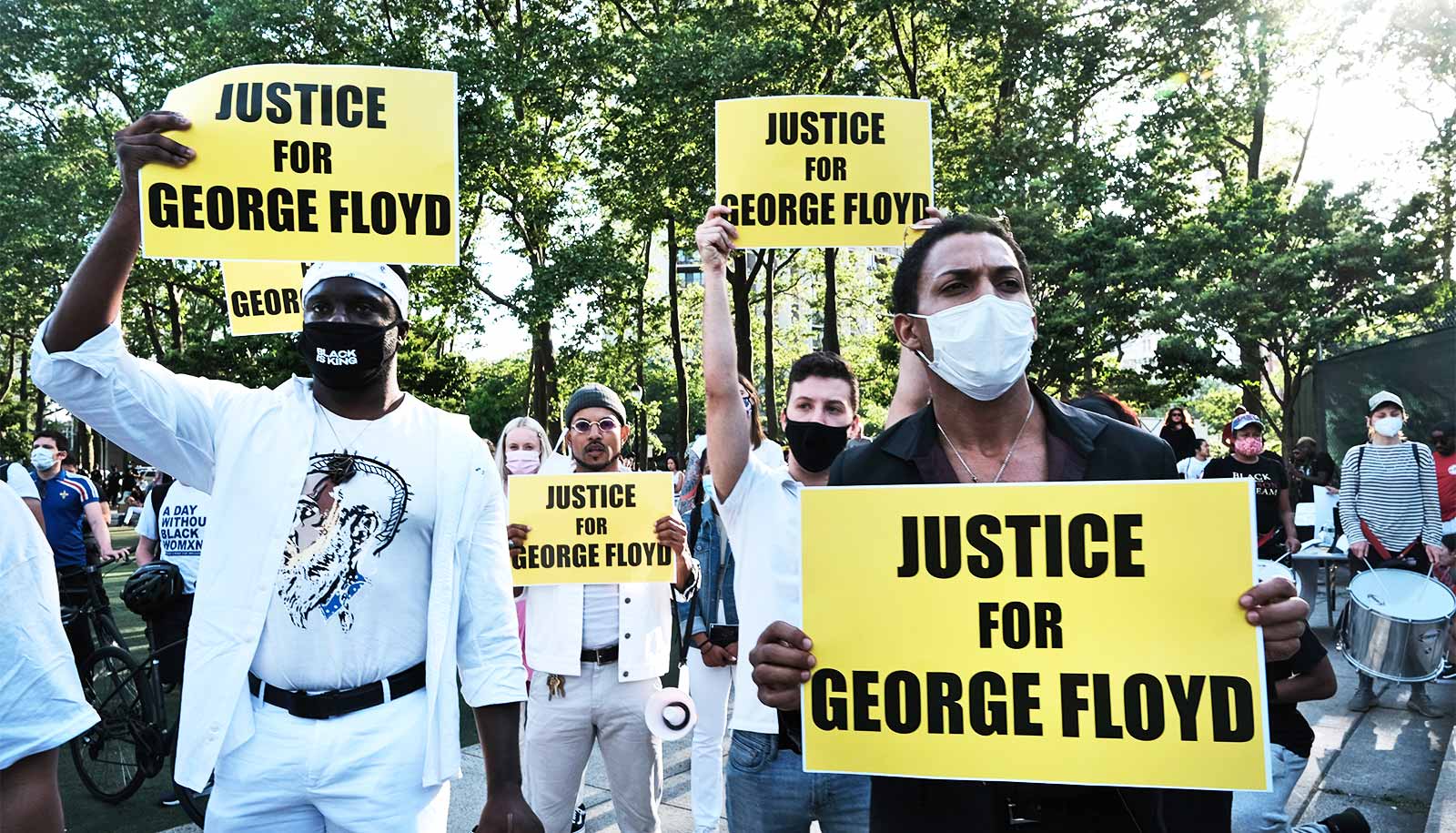A new study shows the likelihood a police officer will identify someone concealing a gun or bomb is only slightly better than chance. And officers with more experience are even less accurate.
“We expect police officers to do something that is very difficult and challenging without giving them the tools they need to do the job.”
The findings don’t point to weaknesses in the officers’ abilities, says Dawn Sweet, an adjunct assistant professor of communication studies and psychology at Iowa State University. Rather, they highlight the need for better research and training.
“We expect police officers to do something that is very difficult and challenging without giving them the tools they need to do the job. The training officers receive is not research based, but based on anecdotes and cues that we don’t know to be reliable. There needs to be evidence these cues work, and we lack that evidence.”
Existing threat detection techniques aren’t working, researchers say. A recent report from the US Government Accountability Office found that indicators the Transportation Security Administration is using are ineffective at detecting airport security threats.
System uses Twitter to detect riots before police
There is no definitive cue of concealment, and officers can’t solely rely on behavioral cues because behaviors vary depending on the situation. For example, a person trying to sneak a can of beer into a football game will act differently than a person carrying a bomb in a backpack.
“We want investigators to identify those aberrant behaviors with the understanding that such behaviors may not automatically signal a threat,” says Christian Meissner, a professor of psychology. “Using strategic interview techniques, the officer can engage the person to better understand the situation.
“In many situations, simple elicitation would lead the officer or investigator to understand the root cause of the unusual behavior or anxiety.”
There is a link between nonverbal behaviors and cognitive function—our bodies give off subconscious signals when we are trying to conceal something. For example, if a man denies having a gun when asked by a police officer, his hand might touch or his eyes might look at the part his body where he is concealing the weapon.
“We don’t know that looking or touching are accurate, reliable predictors, but they’re ways our body may relieve the stress and tension of suppressing thoughts about what we’re trying to conceal,” Sweet says. “Because of our body’s inability to conceal truth for long periods of time, it’s going to leak out. Our body is an extraordinarily leaky communication channel.”
Throw them off their game
Researchers wondered if there are other ways to trigger those signals. For example, a woman trying to get a gun inside a courthouse will anticipate interactions or things that may happen as she goes through security. But what happens if her routine is interrupted?
“If someone is concealing something and you throw them off script, you may be able to induce what we call cognitive load—you burden them psychologically or cognitively,” Meissner says. “Then the question is, will we see more diagnostic cues—either behavioral or verbal—when someone engages them?”
For the study that appears in Law and Human Behavior, researchers recorded videos of three different scenarios to replicate behavior when a person is hiding a gun or an unstable device in a backpack and then recruited police officers to participate in the study. A group of college students participated as a control group. In all three scenarios, officers had a similar accuracy rate as the students.
The first experiment used videos of a man walking into a courthouse. Study participants had to determine if the man had a gun and were also asked to list indicators about the man’s behavior they used to make their decision. Overall, both groups performed greater than chance. However, participants had higher accuracy identifying when the man didn’t have a gun. The rate of accuracy was much lower when the man was concealing a weapon.
For the second experiment, participants watched several videos of three men walking through a crowd and were asked to decide if one of the men was concealing a device in his backpack. Again, overall accuracy in determining threat was greater than chance.
In 73 percent of the trials, participants correctly identified whether the group had a concealed object. However, when it came to identifying the person concealing the object, accuracy dropped to 44 percent.
In the final experiment, researchers told participants that one of the two men walking through a crowd was concealing a device but had to figure out which one. While overall results were the same, there was a perhaps surprising difference based on officer experience: Less experienced officers were more accurate.
Source: Iowa State University



